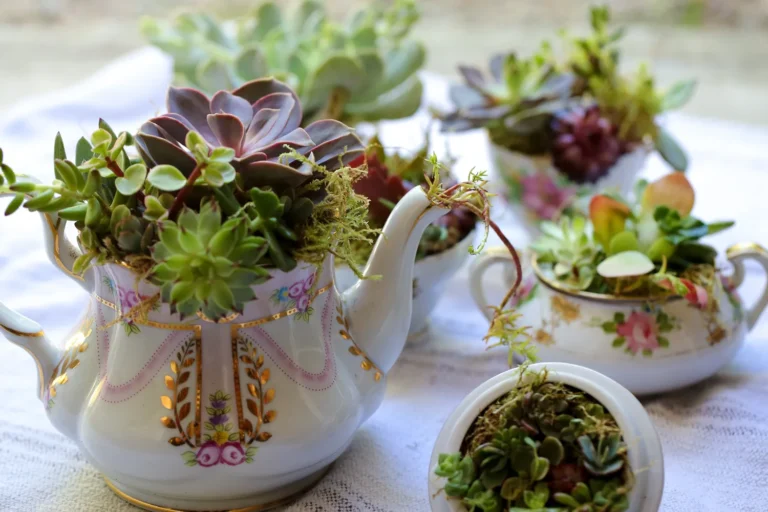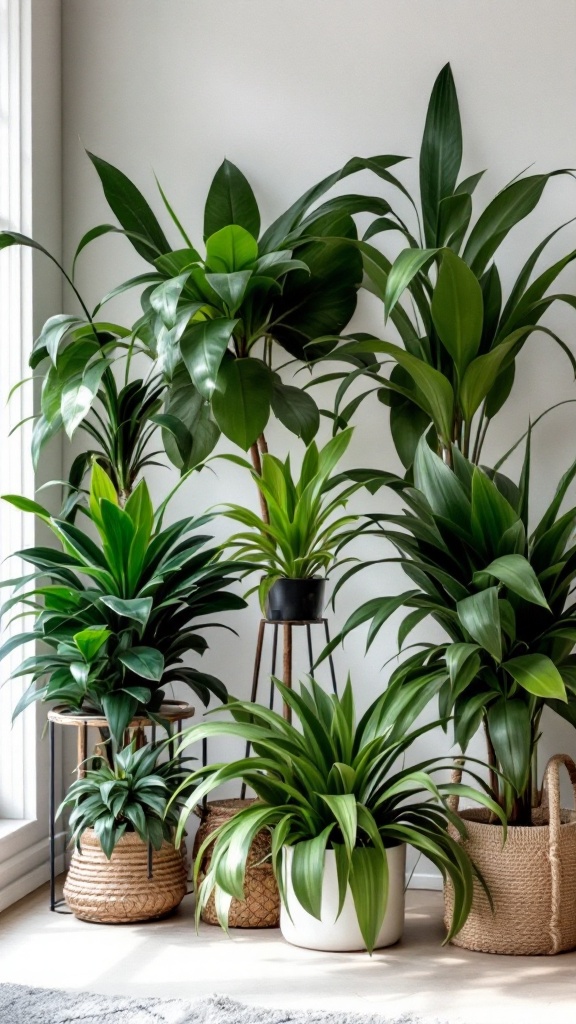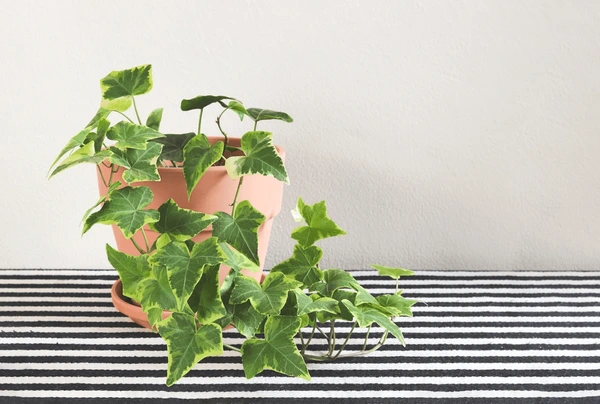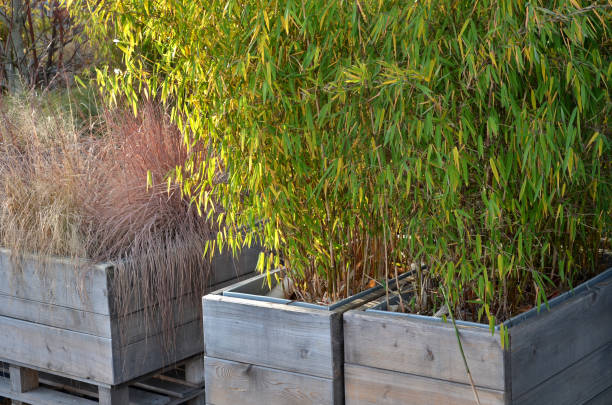How to Revive an Orchid: A Simple Guide to Bringing Yours Back to Life
There’s something kind of tragic about a struggling orchid. One week it’s bursting with glossy blooms, the next it looks like a sad stick in a pot.
If you’re sitting there staring at your poor, leafless orchid wondering where it all went wrong—don’t worry. You’re not the first, and you definitely won’t be the last.
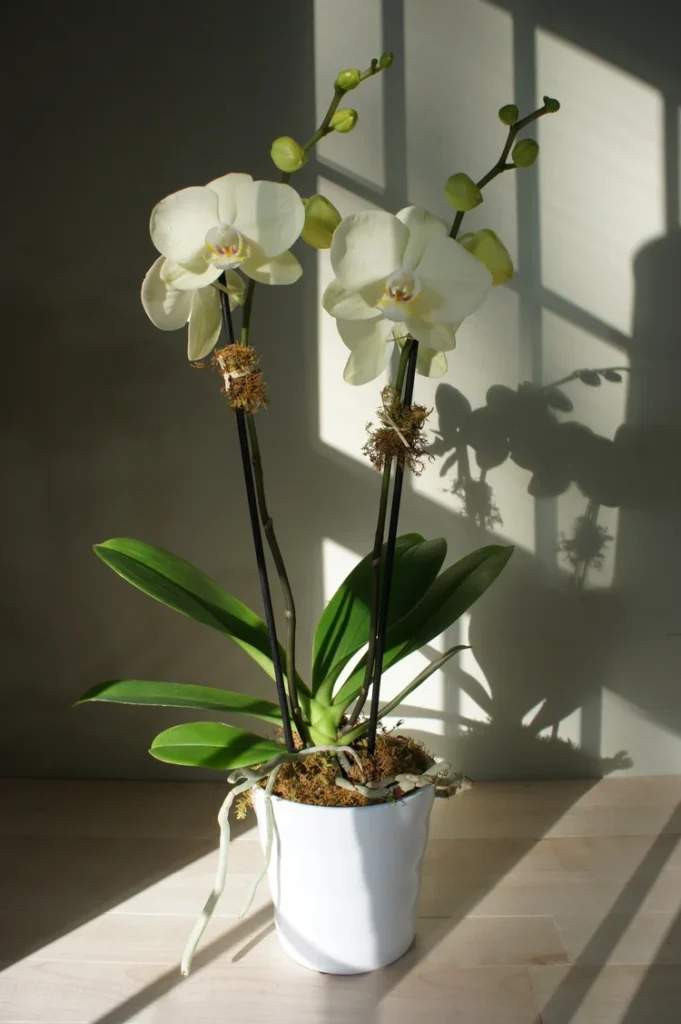
Reviving an orchid isn’t some magical plant wizardry. It’s mostly about a little patience, the right conditions, and not giving up too soon.
These beauties are tougher than they look.
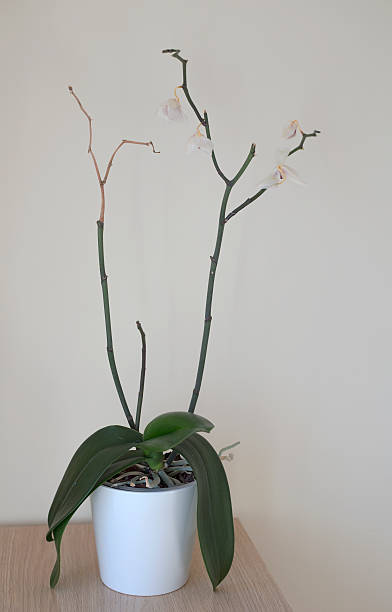
First, Don’t Toss It—It’s Probably Not Dead
Let’s just get this out of the way. A bare, stick-like orchid is not dead. It’s resting.
Think of it like a cat that’s hiding under the couch for a week—it’s still alive, just doing its thing.
Those thick, rubbery roots?
That’s your plant’s life source. If the roots are greenish or silvery and firm, you’ve got a fighter on your hands. Brown, mushy ones? We’ll deal with those in a bit.
The Basics of Taking Care of an Orchid (Even a Tired One)
Orchid maintenance isn’t complicated, but they do have preferences. Think of them as a little high-maintenance, but worth it.
- Light: They like bright, indirect light. Not blazing sunlight—just a nice, filtered spot.
- Humidity: They’re tropical, so they dig a little moisture in the air.
- Water: This is where most of us go wrong. Orchids don’t want to sit in soggy soil. Let them dry slightly between waterings.
If you’ve been overwatering, don’t panic. Cut back, let the roots dry, and give it some space.
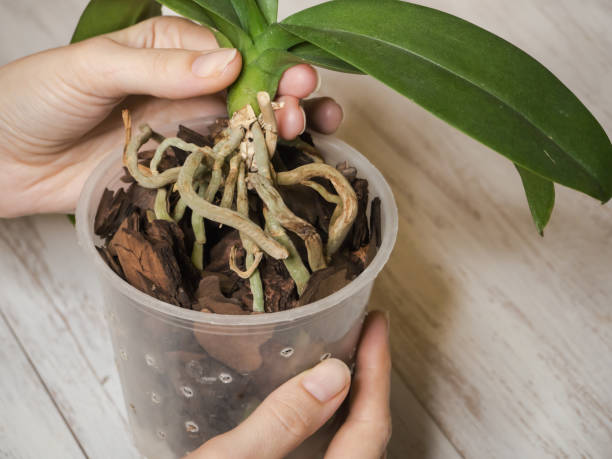
How to Revive an Orchid That Looks Like It’s Given Up
So, you’ve got a droopy orchid, no flowers, maybe a couple limp leaves, or none at all. Here’s how to gently nudge it back from the brink.
- Take it out of the pot – Yep, carefully remove it and check the roots. Trim off anything squishy or brown with clean scissors.
- Repot in fresh bark – No potting soil, please. Orchids like chunky bark mix for airflow.
- Hold off on fertilizer – Until you see new growth, it doesn’t need feeding. Just light, water, and warmth.
This is where the magic starts happening, even if it’s slow.
Orchid Care After Flowering
Once an orchid finishes blooming, it enters a rest phase. Don’t expect non-stop flowers—that’s not how they roll.
You can cut the flower spike back to just above a node if it’s still green. If the whole thing’s brown and dried out, snip it off completely. This helps the plant focus on root and leaf growth.
Think of it like a nap after a big show.
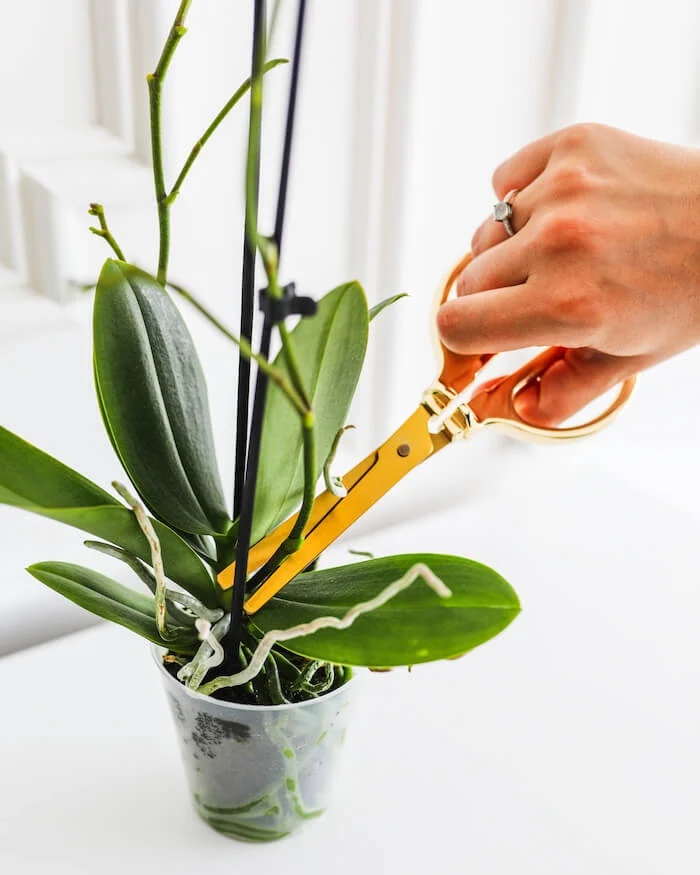
How to Get Orchids to Rebloom (Without Losing Your Mind)
This part’s tricky—but not impossible. Orchids bloom in cycles, and if the conditions are just right, they’ll treat you to another show.
- Give it a drop in nighttime temps—this mimics nature and can trigger a bloom cycle.
- Make sure it’s getting enough light, but not too much.
- Keep up with consistent watering and let the roots dry out slightly.
Sometimes it can take months. You’ve just got to keep the faith and not overdo it.
Final Orchid Maintenance Tips
Once your orchid’s showing signs of life again—new roots, fresh leaves—it’s time to settle into a gentle routine. They don’t need much, just consistency.
- Mist during dry seasons or run a humidifier nearby.
- Feed with a weak orchid fertilizer every few weeks (only when it’s actively growing).
- Repot every year or two, especially if the bark is breaking down.
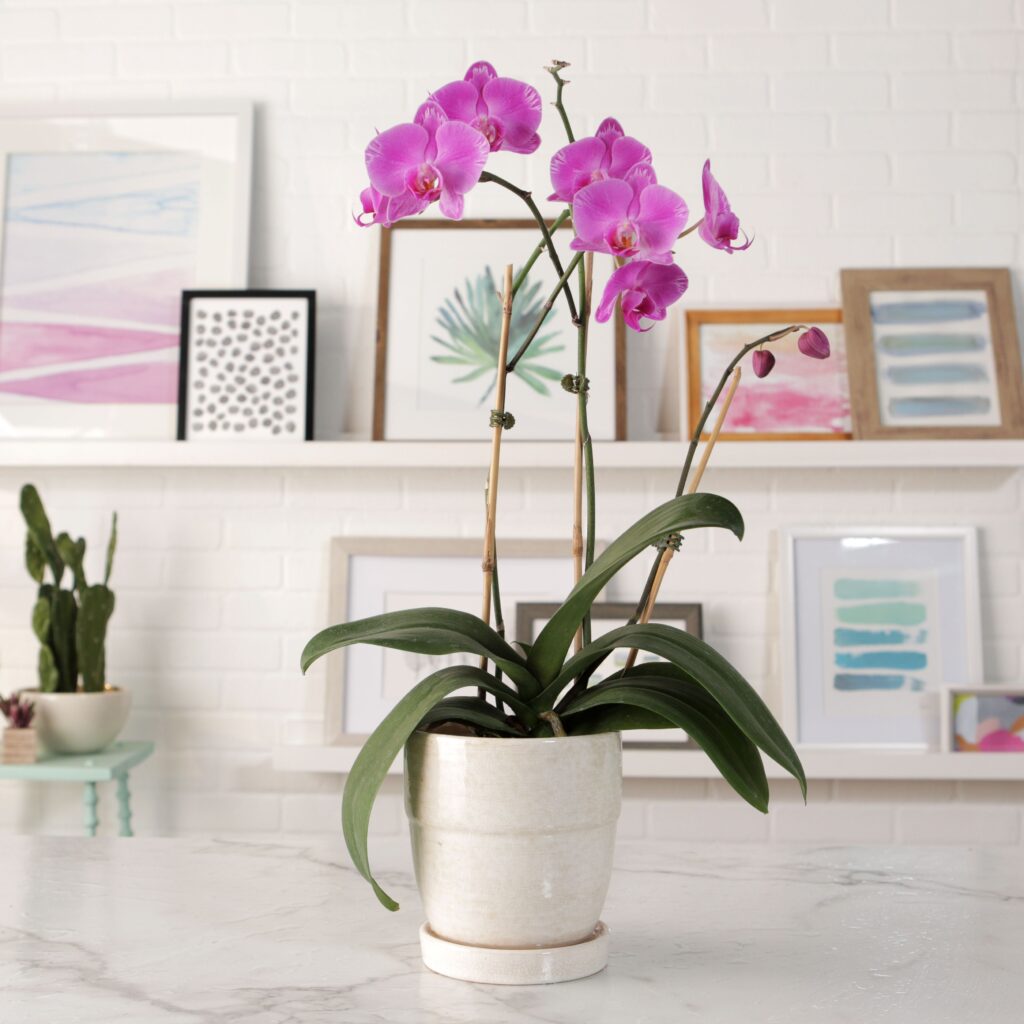
Here’s What I Used to Bring Mine Back
Getting my orchid to bloom again was one of those “look what I did” moments. Here’s the gear that helped make it happen:
- A transparent pot to keep an eye on the roots
- Bark mix instead of regular soil
- A simple humidity tray
- Patience, honestly. That one you can’t buy.



